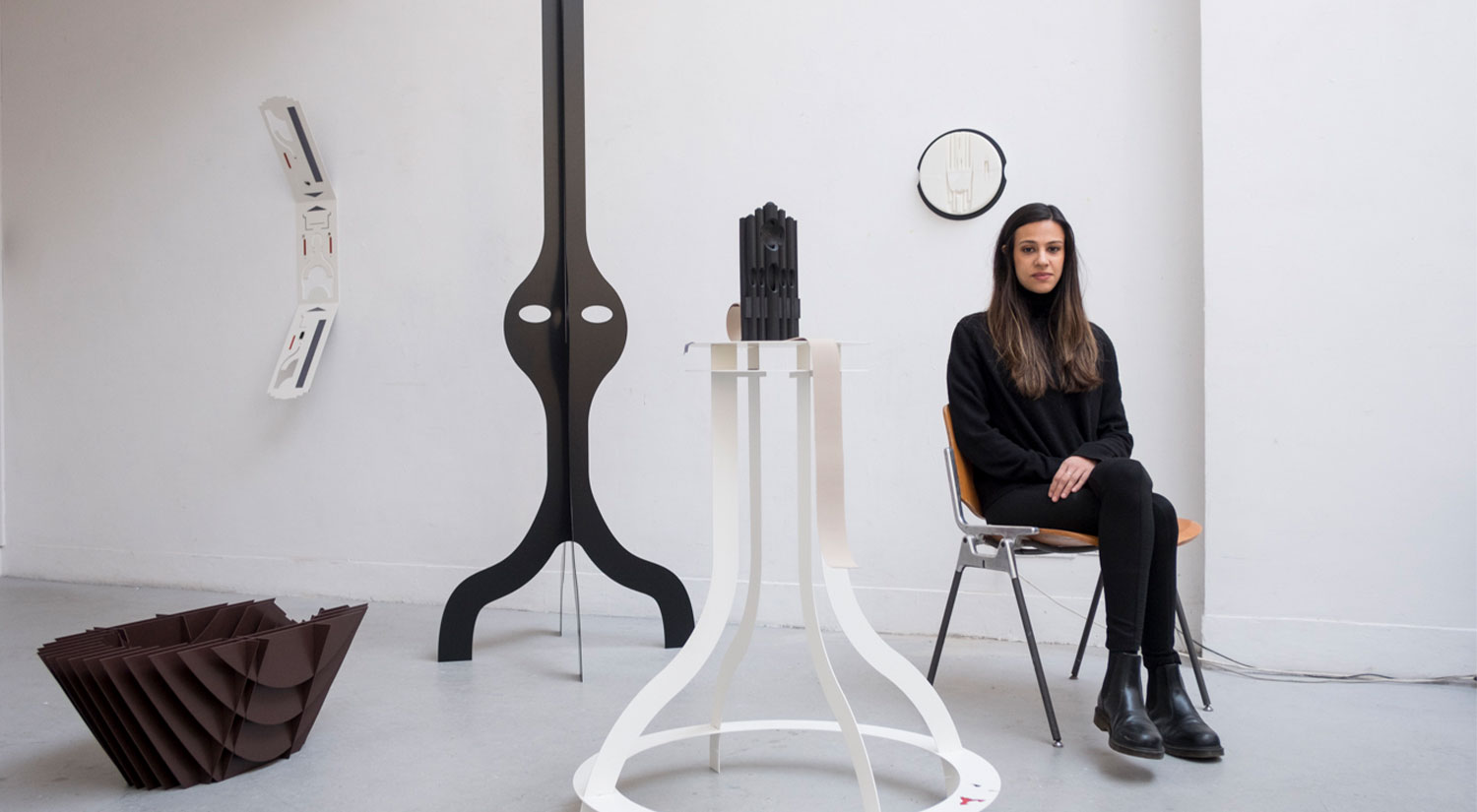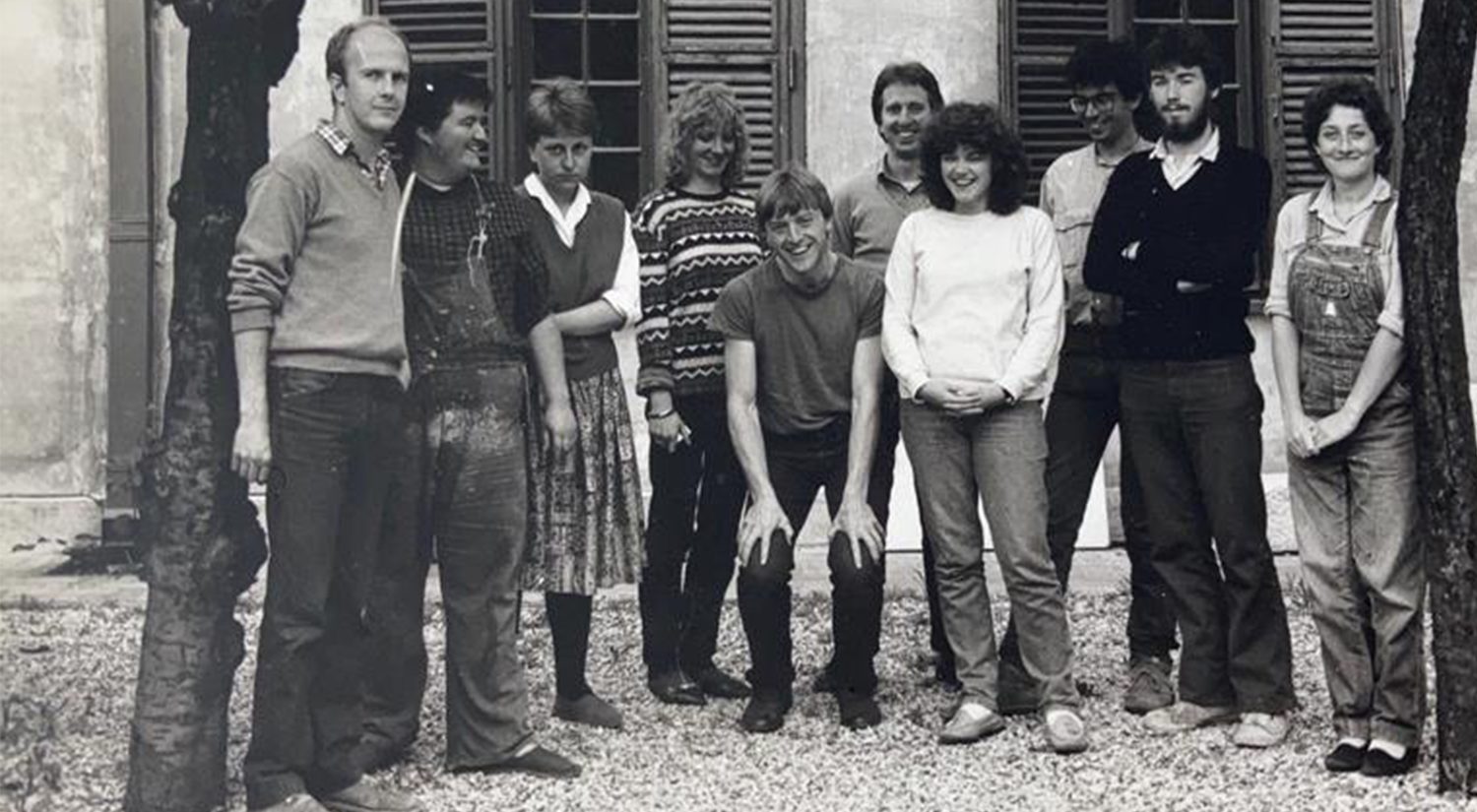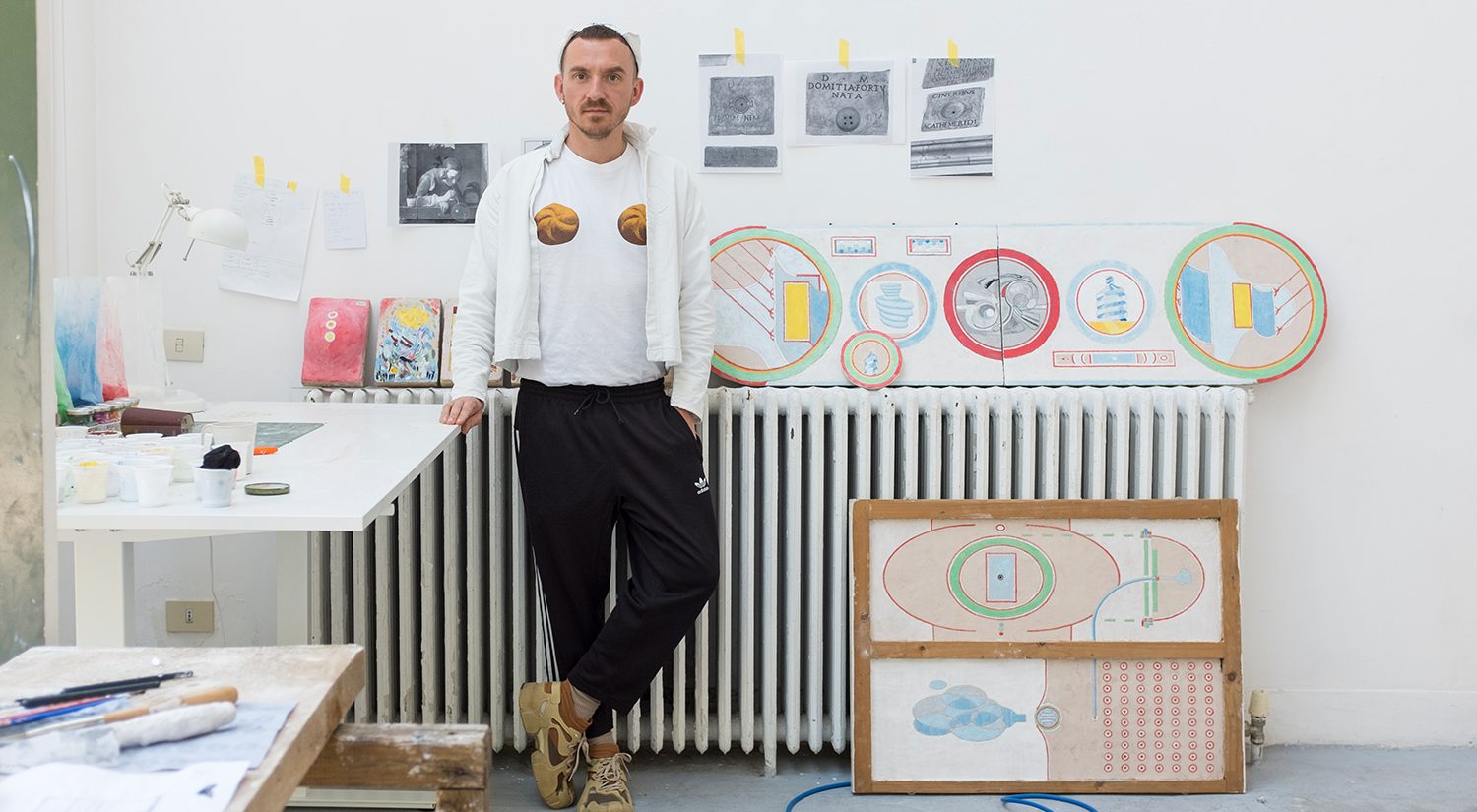An interview with Amba Sayal-Bennett, Derek Hill Foundation Scholar, in which she speaks about the work she has produced during her residency at the BSR from January–March 2022, ahead of the March Mostra.
How does your use of abstract forms help you explore different identities, including the non-human?
I have been exploring how processes of abstraction facilitate the possibility for different kinds of relations to otherness, ones that do not collapse, eradicate, or fetishize difference. I have been particularly interested in a book called ‘Abstraction and Empathy’ by Wilhem Worringer who suggests that empathy functions through a processes of identification with the other, whereas abstraction functions through a processes of non-identification, and therefore allows for instability and multiplicity, a means of communing with difference that resists its instrumentalization. By linking abstraction to otherness, I can engage with a type of alterity that bypasses essentialism and identity. I am also very interested in how abstraction operates within language, for example the translation of the voice to the written word. Language is used by humans however it is non-human. It is a culturally contextualised object that uses the voice as its host. I am interested in the ways in which language complicates stable and bounded notions of the human subject, and how the thinking, speaking, writing, subject can be understood as a posthuman entity.


We talked a lot about architecture, can you tell us about your work in relation to the Roman urban landscape?
During my residency I have been looking at Fascist architecture within the city, an aesthetic that is both forward and backward looking, engaging with modernism in efforts to establish a new society. This aesthetic of control and mechanisation has been used elsewhere for similar reasons, such as Le Corbusier’s Chandigarh in the Punjab. Commissioned by Nehru in 1950, the purpose-built city of clean lines and rational forms was intended to look toward the future by cutting away violence of India’s partitioned past. I am interested in these failed utopic projects and the role of modernism in the expression of their ideologies. The ambiguity of seduction and fascination that we feel towards fascist architecture is important from a critical perspective. There is a question around inheritance, how do we develop ways to engage with this architecture and its legacies critically? In my studio practice, I have been using the methods of translation and speculation as forms of misuse. I have been interested in Sara Ahmed’s notion of Empire as gift which describes how the demand to use something properly, such as language, is the demand to revere what has been given. I have been thinking about translation as misuse within this context, as well as a form of remediation and self-revelation that allows for mutation in form.












